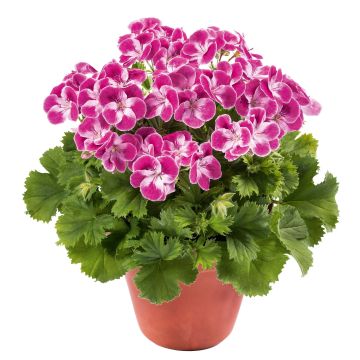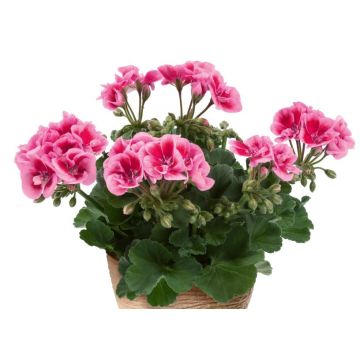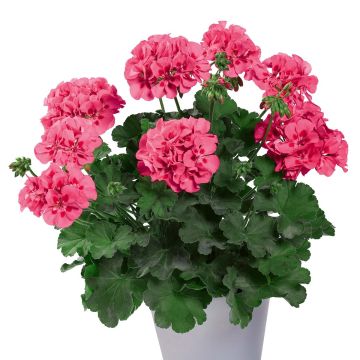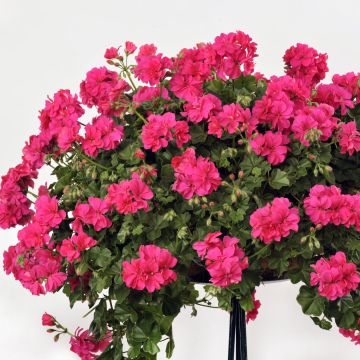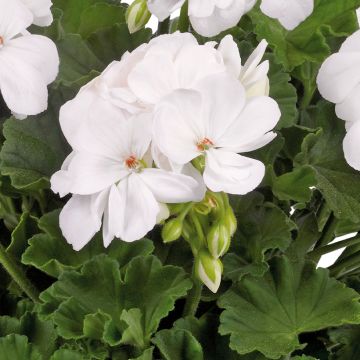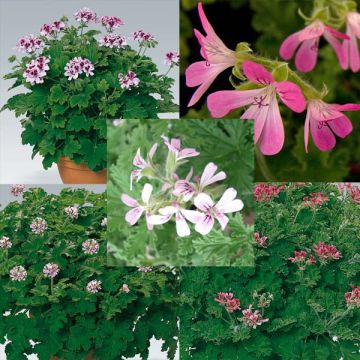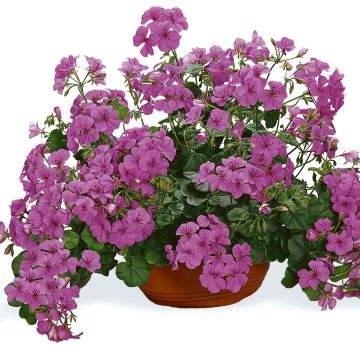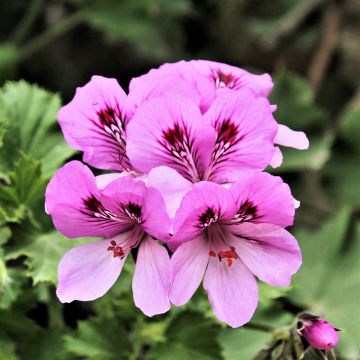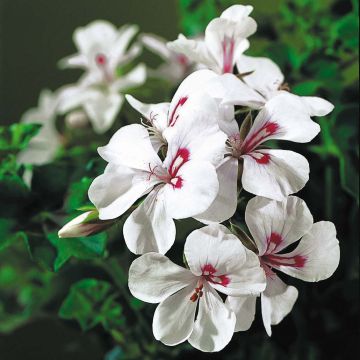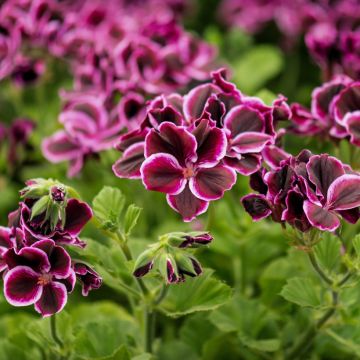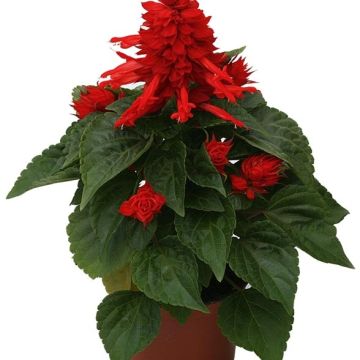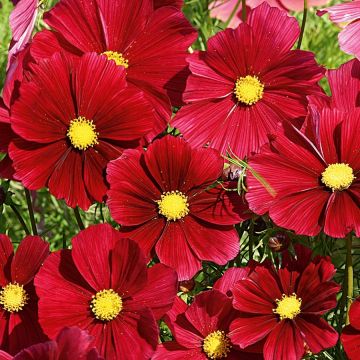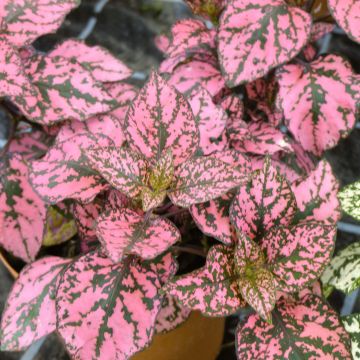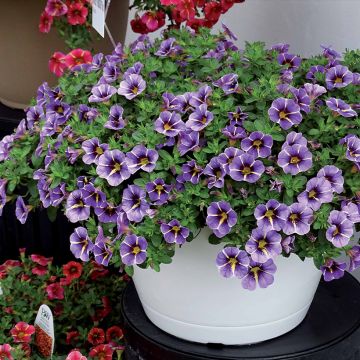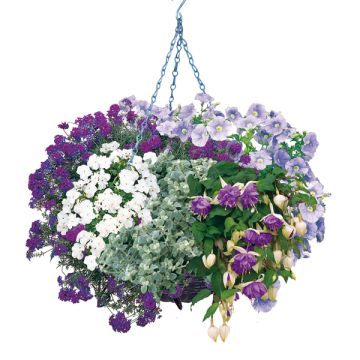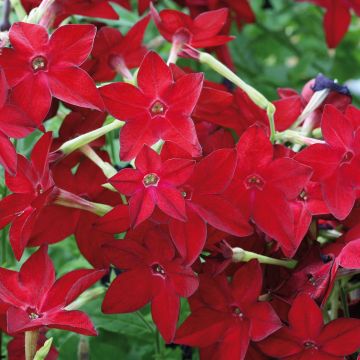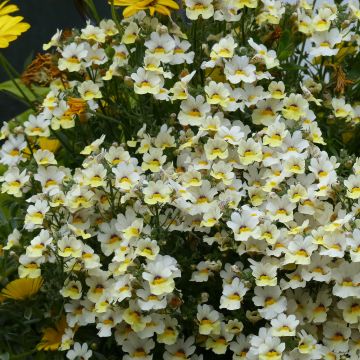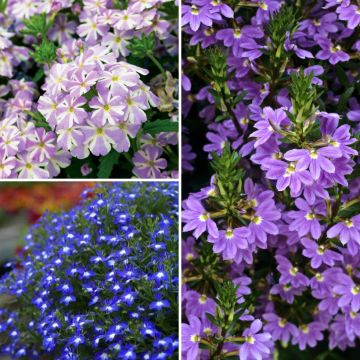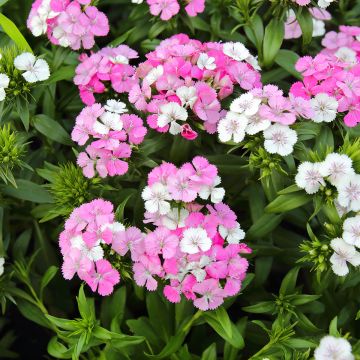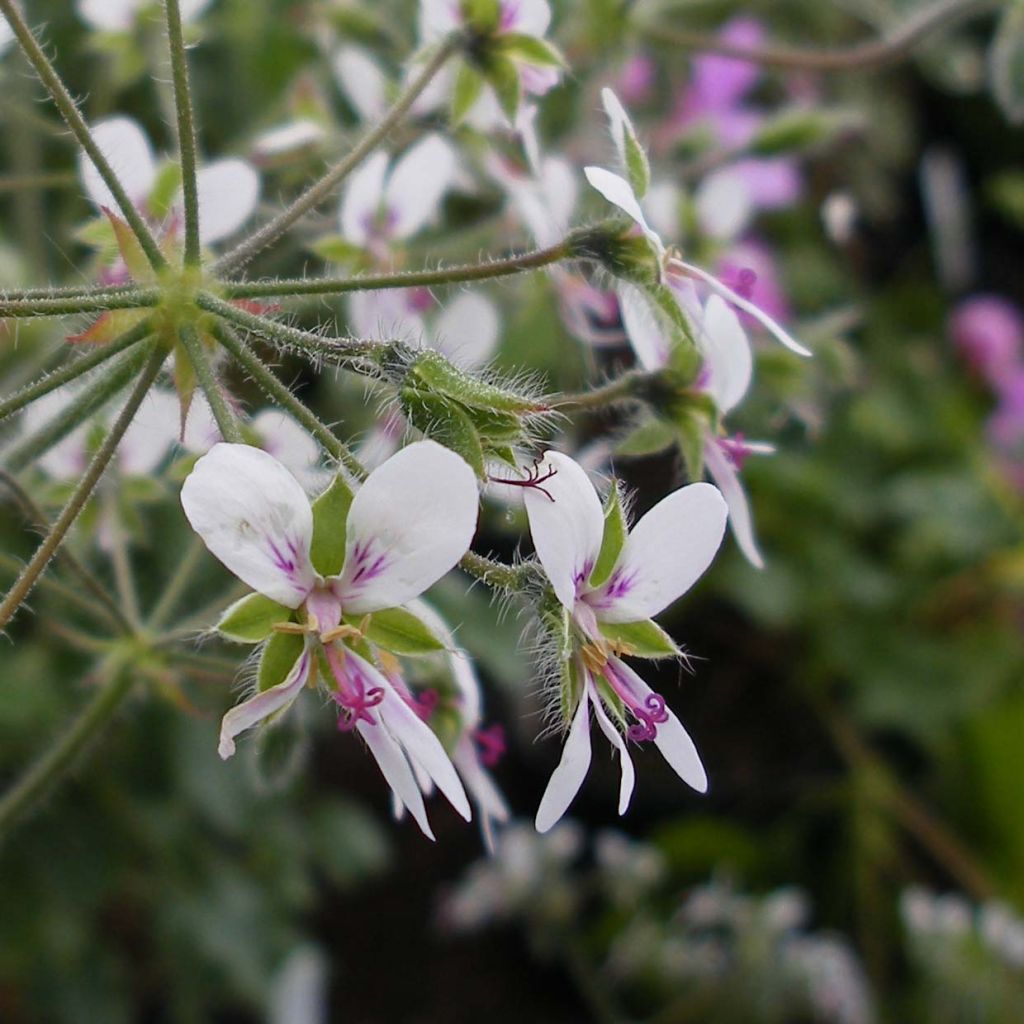

Pélargonium odorant tomentosum - pélargonium à odeur de menthe - pélargonium tomenteux
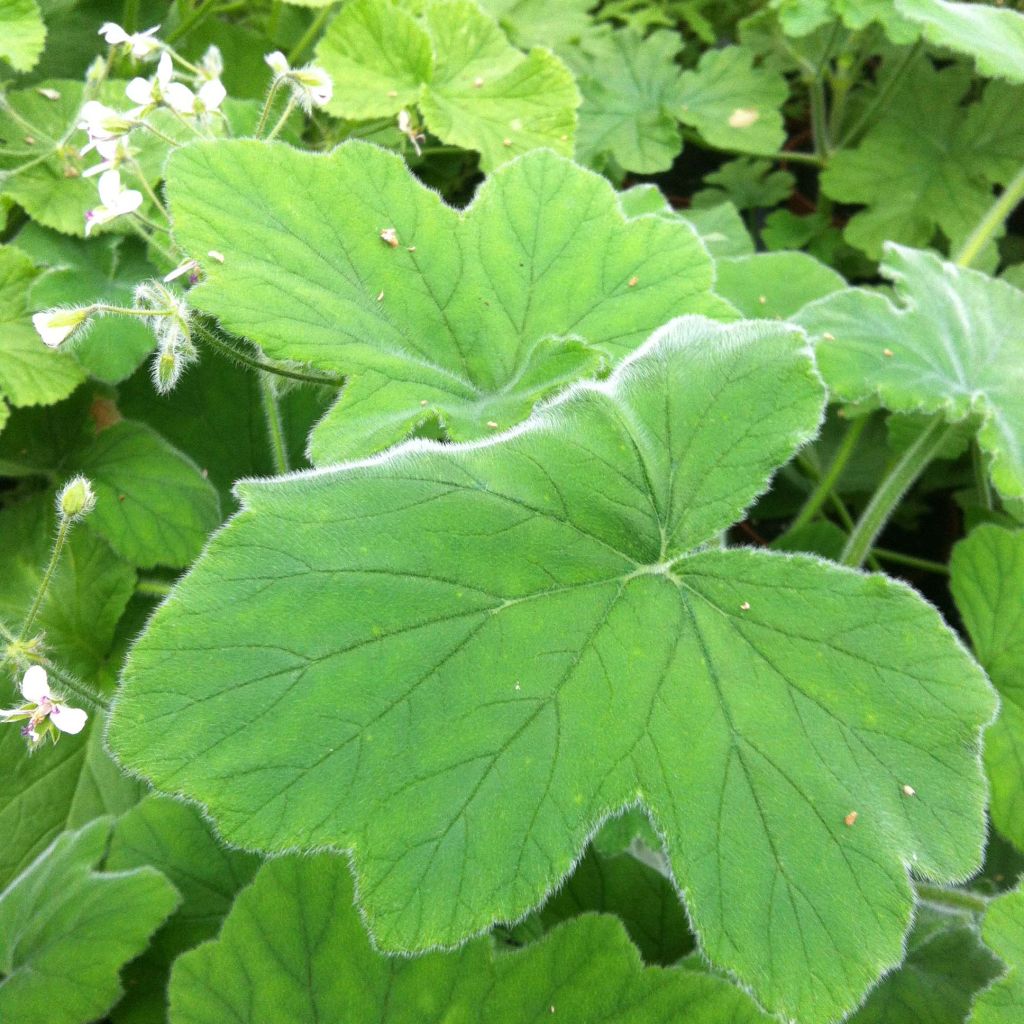

Pélargonium odorant tomentosum - pélargonium à odeur de menthe - pélargonium tomenteux
Pelargonium tomentosum
Pelargonium tomentosum
Peppermint geranium, Peppermint-scented geranium
Perfect, the pelargonium has grown very well (in a pot due to the severe winter in the Grand Est region).
Pierre H., 12/02/2023
This item cannot be shipped to the selected country
Delivery charge from €5.90
Delivery to Corse prohibited
More information
Schedule delivery date,
and select date in basket
This plant carries a 6 months recovery warranty
More information
We guarantee the quality of our plants for a full growing cycle, and will replace at our expense any plant that fails to recover under normal climatic and planting conditions.
From €5.90 for pickup delivery and €6.90 for home delivery
Express home delivery from €8.90.
Delivery to Corse prohibited: UE law prohibits the import of this plant from mainland France to Corse as part of the fight against Xylella fastidiosa. Please accept our sincere apologies.
More information

Does this plant fit my garden?
Set up your Plantfit profile →
Description
Pelargonium tomentosum, also known as peppermint geranium, is a lush botanical species, with a bush-like appearance and a spreading, almost creeping habit. It has luxuriant evergreen foliage that is light green and velvety. When crushed, the foliage releases a surprising scent of peppermint. This plant impresses with its fast growth, relative cold tolerance, and ability to thrive and flower in partial shade. From June to November (if there is no frost), it bears somewhat insignificant white to white-pink flowers. This surprising geranium should be planted near a passage to enjoy its fragrance.
Pelargonium tomentosum is a perennial and evergreen shrub belonging to the Geraniaceae family. In nature, it is confined to the southeastern Cape Province in South Africa, at high altitudes, in the region of the Hottentots Holland Mountains. It thrives in semi-shaded and humid habitats, on the edges of forests that border ravines near streams, in sandy soils derived from sandstone.
In its natural habitat, this geranium quickly forms a spreading shrub with sprawling and branching stems, sometimes reaching a height of 1m (3ft) and a width of 2m (7ft). In our climates, it will reach a height of 50 to 70cm (20 to 28in) (or more) and a width of 1 to 1.5m (3 to 5ft). Its pubescent and soft branches are covered with velvety and glandular hairs, responsible for the plant's fragrance. They bear persistent, soft, 10cm (4in) wide leaves that are peltate, lobed, fleshy, and velvety. They are also covered with glandular hairs that beautifully capture the morning dew. They release a strong scent of peppermint when crushed. It flowers in summer, or sometimes not at all. Its flowers appear on branching inflorescences. They are tiny, with 5 petals, and are clustered together. Their colour is white-pink, marked with small purple spots.
Pelargonium tomentosum is mainly grown for its magnificent foliage. The plant is as beautiful to behold as it is delightful to smell and pleasant to touch. Plant it in a pot indoors or in the ground, in a place where you can touch it. It will be wonderful along a pathway, or in a pot on a terrace or in a conservatory. One day after rainfall, we were captivated by a bed of fragrant geraniums and spent long moments immersing ourselves in a symphony of delicate fragrances. In mild climates, it can become exuberant and requires very little maintenance, making it valuable for coastal gardens.
Report an error about the product description
Pelargonium tomentosum in pictures
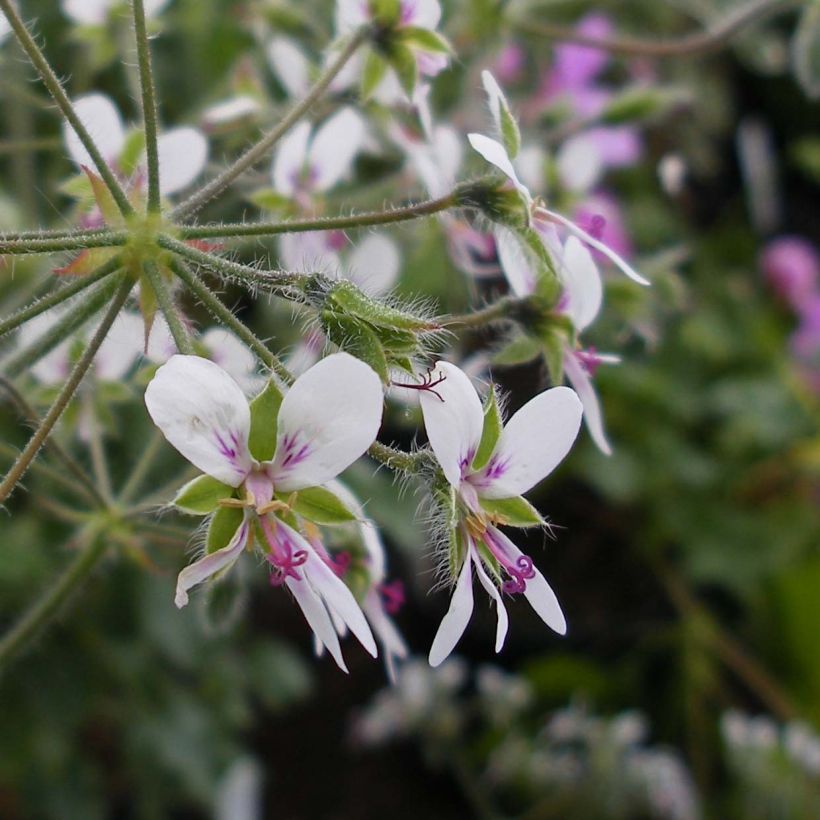

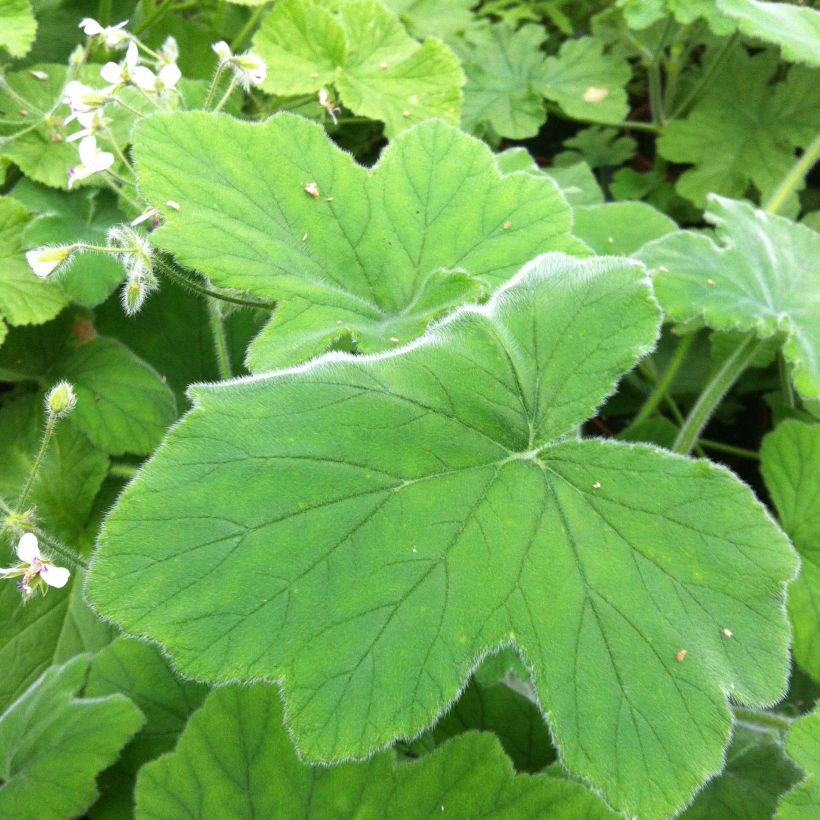

Flowering
Foliage
Plant habit
Botanical data
Pelargonium
tomentosum
Geraniaceae
Peppermint geranium, Peppermint-scented geranium
South Africa
Other Pelargonium - Geranium
Planting and care
Plant your geraniums in open ground after the last frosts, in a sunny position. You can also plant them in a pot placed in a sheltered location, which you can bring out in May. Fragrant geraniums require well-drained soil, but not necessarily very rich. They generally tolerate limestone well. Water moderately. In a pot, regular watering is necessary in summer. You can keep your geraniums by bringing them indoors under a veranda or a cold greenhouse in winter. They can tolerate light frost, but will not survive winter in the garden, except by the seaside.
Pelargonium tomentosum can withstand temperatures of -5°C (23°F), if planted in a sheltered position and in well-drained soil. It prefers sandy soils that are fairly rich.
Planting period
Intended location
Care
-
, onOrder confirmed
Reply from on Promesse de fleurs
Plug plants - Annuals
Haven't found what you were looking for?
Hardiness is the lowest winter temperature a plant can endure without suffering serious damage or even dying. However, hardiness is affected by location (a sheltered area, such as a patio), protection (winter cover) and soil type (hardiness is improved by well-drained soil).

Photo Sharing Terms & Conditions
In order to encourage gardeners to interact and share their experiences, Promesse de fleurs offers various media enabling content to be uploaded onto its Site - in particular via the ‘Photo sharing’ module.
The User agrees to refrain from:
- Posting any content that is illegal, prejudicial, insulting, racist, inciteful to hatred, revisionist, contrary to public decency, that infringes on privacy or on the privacy rights of third parties, in particular the publicity rights of persons and goods, intellectual property rights, or the right to privacy.
- Submitting content on behalf of a third party;
- Impersonate the identity of a third party and/or publish any personal information about a third party;
In general, the User undertakes to refrain from any unethical behaviour.
All Content (in particular text, comments, files, images, photos, videos, creative works, etc.), which may be subject to property or intellectual property rights, image or other private rights, shall remain the property of the User, subject to the limited rights granted by the terms of the licence granted by Promesse de fleurs as stated below. Users are at liberty to publish or not to publish such Content on the Site, notably via the ‘Photo Sharing’ facility, and accept that this Content shall be made public and freely accessible, notably on the Internet.
Users further acknowledge, undertake to have ,and guarantee that they hold all necessary rights and permissions to publish such material on the Site, in particular with regard to the legislation in force pertaining to any privacy, property, intellectual property, image, or contractual rights, or rights of any other nature. By publishing such Content on the Site, Users acknowledge accepting full liability as publishers of the Content within the meaning of the law, and grant Promesse de fleurs, free of charge, an inclusive, worldwide licence for the said Content for the entire duration of its publication, including all reproduction, representation, up/downloading, displaying, performing, transmission, and storage rights.
Users also grant permission for their name to be linked to the Content and accept that this link may not always be made available.
By engaging in posting material, Users consent to their Content becoming automatically accessible on the Internet, in particular on other sites and/or blogs and/or web pages of the Promesse de fleurs site, including in particular social pages and the Promesse de fleurs catalogue.
Users may secure the removal of entrusted content free of charge by issuing a simple request via our contact form.
The flowering period indicated on our website applies to countries and regions located in USDA zone 8 (France, the United Kingdom, Ireland, the Netherlands, etc.)
It will vary according to where you live:
- In zones 9 to 10 (Italy, Spain, Greece, etc.), flowering will occur about 2 to 4 weeks earlier.
- In zones 6 to 7 (Germany, Poland, Slovenia, and lower mountainous regions), flowering will be delayed by 2 to 3 weeks.
- In zone 5 (Central Europe, Scandinavia), blooming will be delayed by 3 to 5 weeks.
In temperate climates, pruning of spring-flowering shrubs (forsythia, spireas, etc.) should be done just after flowering.
Pruning of summer-flowering shrubs (Indian Lilac, Perovskia, etc.) can be done in winter or spring.
In cold regions as well as with frost-sensitive plants, avoid pruning too early when severe frosts may still occur.
The planting period indicated on our website applies to countries and regions located in USDA zone 8 (France, United Kingdom, Ireland, Netherlands).
It will vary according to where you live:
- In Mediterranean zones (Marseille, Madrid, Milan, etc.), autumn and winter are the best planting periods.
- In continental zones (Strasbourg, Munich, Vienna, etc.), delay planting by 2 to 3 weeks in spring and bring it forward by 2 to 4 weeks in autumn.
- In mountainous regions (the Alps, Pyrenees, Carpathians, etc.), it is best to plant in late spring (May-June) or late summer (August-September).
The harvesting period indicated on our website applies to countries and regions in USDA zone 8 (France, England, Ireland, the Netherlands).
In colder areas (Scandinavia, Poland, Austria...) fruit and vegetable harvests are likely to be delayed by 3-4 weeks.
In warmer areas (Italy, Spain, Greece, etc.), harvesting will probably take place earlier, depending on weather conditions.
The sowing periods indicated on our website apply to countries and regions within USDA Zone 8 (France, UK, Ireland, Netherlands).
In colder areas (Scandinavia, Poland, Austria...), delay any outdoor sowing by 3-4 weeks, or sow under glass.
In warmer climes (Italy, Spain, Greece, etc.), bring outdoor sowing forward by a few weeks.

































